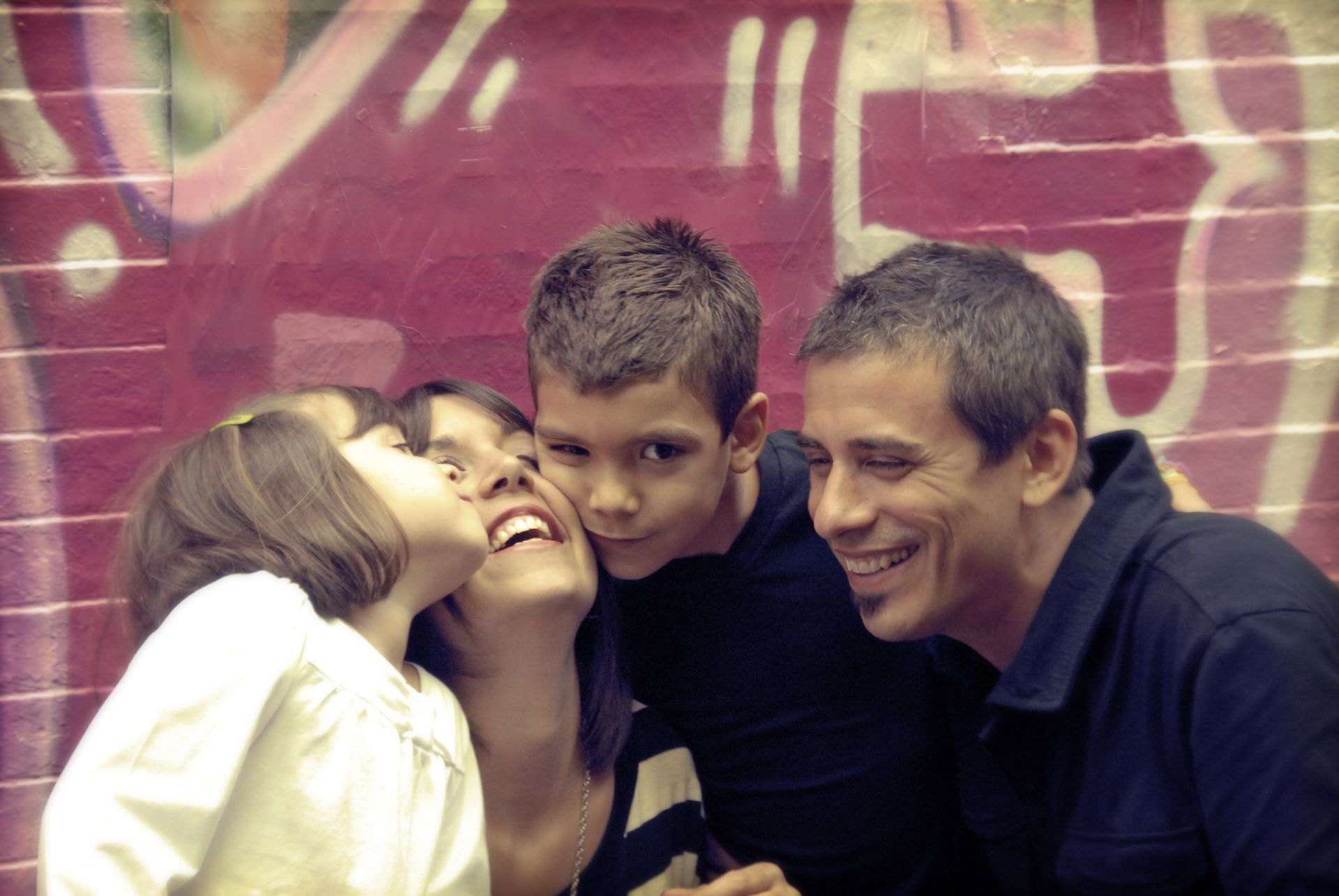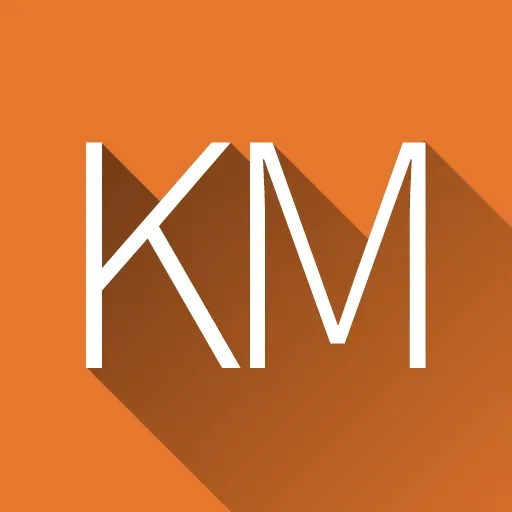Rhythms of Rest 1: “You Are What You Do Daily”
“You are what you do daily,” says Jon Chu. I couldn’t agree more.

In the Rhythms of Rest Introduction , I shared how the world has fundamentally changed while many of us haven’t. Before Covid-19 was a thing, our pace of life was already becoming unsustainable; Covid has only exacerbated it.
Now that we’ve been forced to live online, many of our normal rhythms are gone forever. Hyperconnectivity means we can work from anywhere at any time and many of us do.
Where do we go from here?
You Need a Rhythm of Rest
I believe we all need a defined Rhythm of Rest.
What is a Rhythm of Rest? It’s a written plan that clearly defines your regular rhythms of rest and replenishment: daily, weekly, monthly, quarterly, semi-annually, and annually. The goal is to help you live from a place of rest and replenishment and find a sustainable and joyful pace of life so you don’t have to experience burnout like I did.
We Have Only Today. Let Us Begin
“Yesterday is gone. Tomorrow has not yet come. We have only today. Let us begin” (Mother Theresa).
It doesn’t get any clearer than that. Your daily rhythms shape and form you more than anything else.
While productivity is important, my goal in writing this is not to help you be more productive (though it will). My goal is to help you establish a Rhythm of Rest , and that starts with defining your daily rhythm, but first…
Understanding Your Actual Daily Rhythm
Do you know your daily rhythm or do you do it without even thinking about it? Each of our lives is a series of habits – some good, some bad. The question is, are you aware of what you are actually doing? James Clear, the author of Atomic Habits , suggests keeping a “Habits Scorecard.” Start by making a list of your daily habits. Here’s the sample he uses:
- Wake up
- Turn off alarm
- Check my phone
- Go to the bathroom
- Weigh myself
- Take a shower…
He encourages people to look at each behavior and decide if it’s a good habit, a bad habit, or a neutral habit. Then write a “+” next to a good habit, a “-” next to a bad habit and an “=” next to a neutral habit. Don’t change anything just observe. The goal is simply to be aware. Awareness is the first step to changing bad habits ( Atomic Habits, p. 64-66).
Defining Your Ideal Daily Rhythm
Once you know what it is you actually do daily, you can begin to determine what it is you want to do daily that will be sustainable and life-giving.
When it comes to a daily Rhythm of Rest, I suggest you think through the following categories;
Morning Rhythm – Your Morning Rhythm sets the tone for the rest of the day. It should be life-giving that gives you focus and prepares you for the day to come. It could be scripture reading, prayer, meditation, etc. And for me, that always involves coffee and my favorite rocking chair! I do suggest you find your favorite place to do your morning rhythm. Exercise is also an important part of your rhythm though this could take place in the morning or after work.
Workday Startup Rhythm – Your Workday Startup Rhythm is what you do to prepare for your workday (hint – it doesn’t involve checking your email). It could be reading a book, defining your most important tasks for the day, or something else. Whatever helps you get focused and ready for the task at hand.
Workday Rhythm – Your Workday Rhythm involves how you structure your day. Define your BIG ROCKS or those the most important things that actually move the needle at your job. I suggest doing two things when it comes to your workday rhythm:
- Stack the Pain. In other words, do the hard things first. In his blog titled “Do the Painful Things First,” author James Clear says, “Psychologically we prefer experiences that improve over time.” The concept is to put the hardest or most painful things early in the process and save things you like better for the end of the process. When we end with something positive, we are more likely to want to do it next time. An example he uses is going to the gym. Start with the exercise you dislike most and end with the one you like best. That way your experience will improve as you move through the workout. This is stacking the pain.
- Time blocking is the practice of dedicating blocks of time to specific assignments, starting with the most important things first. Cal Newport, in his Study Hacks Blog , suggests that a “40 hour time-blocked work week produces the same amount of output as a 60+ hour work week pursued without structure.”
As you do these two things, your workday will gradually feel more restful and energizing. You will focus more time on doing the things that are truly productive and hopefully align with your strengths.
Daily Office Rhythm – The Daily Office is an ancient practice of prescribed times of daily prayer both public and private. It comes from the Latin meaning “divine office.” The Daily Office originated with the Jewish people’s practice of prayer in the Old Testament at fixed times throughout the day and continued with the early Christian communities.
There are many variations of this. I suggest keeping it simple by setting aside 2-3 times per day, apart from your morning rhythm. It can be as short as 1 minute or longer if you have time. Here’s what I do:
- 10:00 AM – I use the Pause App by John Eldridge. It has guided 1-5 minute prayers that help you re-center and re-focus. You can also use the Daily Prayer App.
- 2:00 PM – I use the Pause app again.
Doing this really anchors my day, helps me let go of burdens I’m carrying and keeps me focused and refreshed.
Workday Shutdown Rhythm – It’s important to take a few minutes to think through the following day before you end the current one. It’s called your Workday Shutdown Rhythm. Because it’s fresh, it’s helpful to look ahead and write down a rough draft of the next day’s agenda and the most important things you need to get done. It also takes things off your mind and helps you rest easy. It’s best if you do it before you leave work, but for some, it may work best sometime after dinner. I t should take no more than 15-30 minutes.
After Work Rhythm – When work is done, what’s next? Do you exercise, have dinner with your family, spend time with your kids? Put just as much thought into this as you do your workday. As an engaged father and devoted husband, I have a goal to eat dinner with my family 5 nights per week and we usually shut off devices from 7-8 PM and hang out. It’s loose – we can read, play games, or do something else, but we are all in the same place without devices.
Evening Rhythm – A good evening rhythm helps you have a great start to your next day. This is your wind-down period 30-60 minutes before bed. Mine starts at 9:15 and goes until 9:45 PM. I make my coffee for the next morning, brush my teeth, get my clothes out for the next day (if I remember), and then read for 15 minutes followed by a prayer with my wife and kiss. Finally, I use the practice of Examen developed by St. Ignatius of Loyola as I fall asleep. It is a reflective way to pray about the day you’ve just had and the day to come. The goal is to be in bed ready to sleep by 9:45 and asleep by 10. Some dos and don’ts:
- DON’T be on a device. The blue light affects your sleep.
- DON’T check email – this get’s your mind in productivity mode
- DO Read before bed. Studies concluded that reading for just six minutes before bed can reduce stress and help you fall asleep faster.
- DO put your phone on DO NOT DISTURB from 1 hour before bedtime until after your morning rhythm. If you want more tips for how your phone can serve you rather than you serve it, you can get them here.
Stop the Grind
You owe it to yourself and others to be healthy and whole, and your daily rhythm is the place to start. Begin by logging what you actually do. After you know that, you are ready to define your ideal Daily Rhythm of Rest. Take the categories listed above and begin defining each rhythm based on what you want it to look like.
Finally, pick one area or rhythm you are going to focus on and one step you are going to take within the next 24 hours. That could mean implementing a good habit or stopping a bad habit. An example might be: instead of looking at my phone when I get up, I am going to purchase a normal alarm clock, and when I get up, read or meditate for 5 minutes.
As you master one daily rhythm, move on to the next. Remember, this is meant to serve you not the other way around!
Don’t you think it’s time you defined your daily Rhythm of Rest?
What are your daily rhythms? What have you found helpful?
Missed One?
Check out the other posts in the series:
*Photo by Warren Wong on Unsplash
Share this Post:











